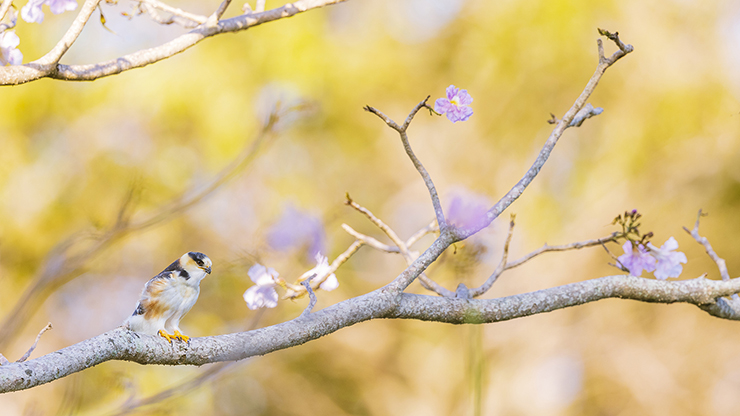
This article was originally published on my blog but given the positive response I decided to share it here. It’s a personal account of struggles with photographing Pearl Kite over the years; of course according to the laws of nature I ran into another Pearl Kite only days after snagging the image in this post.
When I realised that there were other strange people like myself who would journey into areas devoid of humans to get a chance to breathe and bask in nature, I was already set on an entirely different trajectory. The year was 2010, and it was the year I discovered there was a word for the thing I would do on weekends, while driving, through the office window, basically anywhere and any time I could: birding.
I remember the first time I laid eyes on the T&T field guide; a mix of awe and annoyance flooded my brain. How long had this treasure trove been hidden from me? After living on these islands for upwards of two decades and literally cutting class to stare at Magnificent Frigatebirds, how was I only now finding out about this? Nevertheless, I leafed through the pages and pored over the illustrations. In doing so, several species jumped out at me. They were charismatic in their own way, whether by plumage, novelty, or oddity. The deep scarlet breast of the Collared Trogon took me on a journey that lasted a couple of years before I laid eyes on one, at the crack of dawn at the absolute highest point one could drive on Trinidad. The upside-down bill of the Streaked Xenops (as well as its name, what’s not to love in a name that starts with ‘x’?) completely enthralled me – to this day I rejoice each time I spot one of these tiny acrobats.
Many people obsess over raptors, but I’ve never been completely smitten by the family. They’re impressive, yes. Imposing, definitely. Most times I see them soaring as vultures do, but having spent so much time observing frigatebirds as I mentioned earlier, they seemed tethered to thermals during the heat of the day and to sturdy stumps otherwise. Of course as the years progressed, I’ve since learned much more about them and have come to understand how incredibly well adapted they are for their unique way of life. While I can appreciate this, I still struggle when writing about raptors – a stark contrast to how effusive I am over shorebirds.
There have been a few raptors that truly stood out to me from that embryonic stage, however. Few can argue over the undeniable appeal of an adult Ornate Hawk-Eagle – a large, mostly white bird with fine black bands across its entire underside, feathers going all the way down to massive, powerful talons. Its broad wings and long tail are slate grey, and specially designed for manoeuvrability. But its crowning glory surely is its orange face and black mohawk-esque crest; at the very least it is indeed an ornate creature. Another bird of prey that had caught my eye was the equally beautiful yet surprisingly diminutive Pearl Kite.
Size is never something that is apparent from illustrations in a field guide. Sure enough, there are inklings if one is attentive enough to read the accompanying text. But 20cm doesn’t seem to ring any bells until there’s the realisation that a Great Kiskadee is 24cm. Yes, Pearl Kites are tinier than most of our garden birds. In fact, they are the smallest raptor in the entire Neotropics. Little did I know that loving this bird was going to end up in a very lengthy and growingly frustrating journey to actually photograph it.
Between 2010 and the present day, I have encountered Pearl Kites several times – and most folks who are unlucky enough to broach the topic of Pearl Kite with me will know by now that it’s been my bogey bird. The first time I saw a Pearl Kite, it was a female sitting in a nest about 30m away. Although it was just above eye level, the nest itself was a confusing cornucopia of twigs set in the middle of an equally twiggy tree. I strained to hold my camera steady, and then focus on the top of her head as she occasionally looked around. I never shared that image, and subsequently lost it in any one of the five hard drive crashes I’ve had. Which crash exactly is inconsequential. The fact is I lost the only photo I had of the species.
While Pearl Kites are routinely spotted in Trinidad, they are often seen in suburbs or even city areas with some level of greenery. My problems therefore stem from my aversion to these habitats. In 2014 I had just exited a government office freshly liberated from some bureaucracy, and as I made my way back to the jeep, sharply pointed wings and a pure white underbelly directly overhead confirmed that yes, a Pearl Kite was riding the wind currents between buildings to hover so closely that I could’ve probably tossed it my keys.
Three years later, while visiting my parents a Pearl Kite paid us a visit. It perched on a utility wire close enough for me to discern its slate-grey cap and rufous forecrown and cheeks without any optical aids. Which was fair, as I had neither binoculars nor camera with me at the time. Jumping roughly a year onward from that point, the characteristically powerful and direct flight of a Pearl Kite crossed my path while delivering a calendar to a longtime friend. This time, although my camera was secure at home, I was equipped with binoculars. I spent a few minutes admiring it as it clutched to the very tip of a tall bamboo stalk, its feathers ruffling as the stalk bent and swayed in the wind. Its wholly raptorial gaze, however, never wavered in its intensity and ferocity.
By this point it was becoming a sort of joke. Thoughts of the fateful day I’d line my camera up with a Pearl Kite wafted across my mind more often than not. The joys of missing out became humorous, and hypothetical circumstances of the next time I’d run into a Pearl Kite without my camera became a strange sort of coping mechanism.
The next time, I came even closer to photographing it. Close enough that I actually had my binoculars and camera. The place was none other than the capital city of T&T, Port of Spain. I had gone to drop some copies of my book off at a local bookshop and noticed that all-too-familiar shape at the top of a tree in the car park. Ah. A Pearl Kite.
Immediately altering the mission for the moment, I ran to the jeep and quickly assembled my camera, while intermittently glancing at the bird which was sitting comfortably at the zenith of the lone tree in the car park. The sun, too, was at its zenith which meant that even if I took pictures of the bird, they’d be horrid. There was another hurdle – the security guard. Now, I’m sure the officer wouldn’t have minded but I am very inexperienced with how things are done in the city and I wasn’t sure if she’d take too kindly to me flinging my camera around. I’ve had people report me for walking through my own neighbourhood with binoculars before – so I’m always cautious of staying on the right side of the protective services. With that in mind, I approached the security officer and asked her if it’d be okay if I used my camera on the compound to photograph that bird over on that tree – and she, despite her obvious puzzlement, agreed.
It was nearly over. I focused my camera – but the sun was still blazing. The light glinting off the bird’s stark white contrasted far too sharply with its dark cap and back. There was no way I could render all its subtle beauty properly, I couldn’t possibly do justice to the slate and rufous tones in such a high contrast setting. And so, I peered from behind my camera into the sky, and fortunately there was a small cloud en route to block the sun. Only a few more seconds. Just as the cloud was about to arrive, the bird flew. Not a single image on my memory card. I chuckled, and put away my camera, and returned to the original mission.
Now, we had already passed a decade from the point where I learned of this bird’s existence to me still not photographing it. I had already published a book, and it started to become a little obscene that I had never photographed this fairly commonly seen – and very cute – raptor. But parallel to this, my ethos had evolved a bit. Gone were the days of me chasing species, revelling in novelty and racking up numbers of species seen and photographed. I was content to look at the bird and not press the shutter for the precise reason that I was no longer taking pictures, but making images. A distinct delineation, one wherein I’d have the final product already in my head as I looked through the viewfinder. Oftentimes, I wouldn’t even bother raise the camera as I would already know the final product would be one for the bin.
Anyway, the next time I saw a Pearl Kite was while being whisked along one of the nation’s highways. I stared out the window as it ripped a lizard apart while perched in full view on a roadside tree. We didn’t stop, not because of squeamishness for the scene or heartlessness for me – but we had an appointment and there was nobody in the vehicle with either camera or binoculars. A few weeks after this, I saw perhaps the same Pearl Kite in the same general area as I was driving westward on the same stretch of highway. This scene is burned in my memory, as the bird was just coming in to alight on one of a row of gnarled and twisted branches that all pointed skyward like witches’ fingers conjuring furious spells. The sun was setting behind these trees, and as the Pearl Kite neared its preferred perch, its wings and tail opened fully as its talons reached for the branch. Sunlight poured through its feathers, and I drove on.
On Monday of last week, I accompanied a good friend of mine to do a bird census in a golf course. I am no fan of golf as a sport but do admire the ability of people to strike something small with such accuracy. What drives my dislike of golf, however, is the wanton wastage of space, resources, and the exclusivity of some of these spaces which tragically often amplifies social divides. I agreed to do the census here solely based on friendship, and we ended the morning session with a surprising total of 62 species, you can view the complete species list here.
And as luck would have it, one of the 62 species found on this golf course was none other than a very accommodating Pearl Kite which kindly sat while I worked to find the best angle. Probably no longer than a minute after I made this image, the sun began falling on the bird, casting a very unpleasant shadow across it. Timing is always perfect, and the wait is always worth it.

I hope you enjoy this image as I enjoyed creating it. I removed a couple pieces of branches that were coming in from either end, and still highly cropped the image for composition. It was catharsis at the end, there is no other species that I can say “so close, yet so far” – or maybe there is one Little Tinamou that comes to mind…

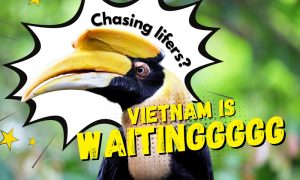
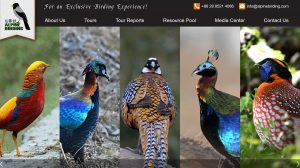
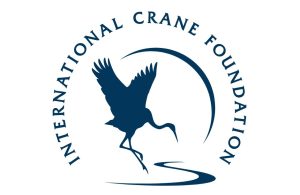
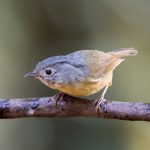


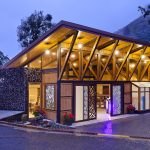
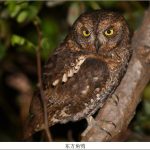

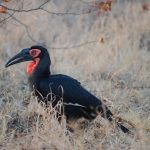
Leave a Comment